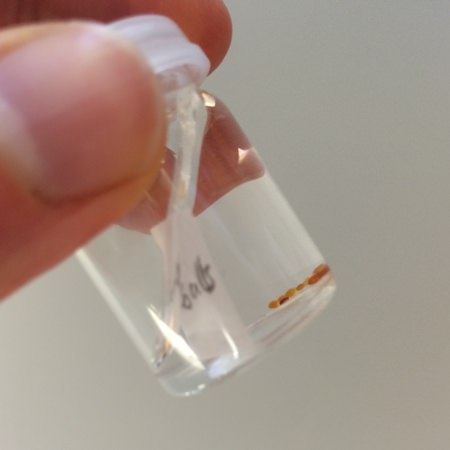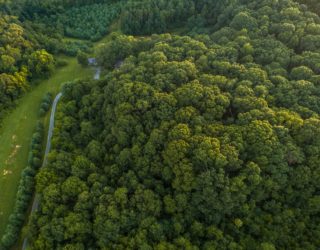Concern is growing about the impact that plastic rubbish in the marine environment is having on marine animals. It is widely accepted that marine animals mistake plastic for food and eat it, and plastic has been found in the stomachs of birds, marine mammals, turtles and fish, blocking their digestive tracts.
Here are some astonishing facts about plastics in the marine environment.
- Each year, 8 million tonnes of plastic enter our oceans.
- 70% of marine rubbish sinks to the ocean floor.
- The amount of plastic on the ocean floor is 1000 times greater than the amount floating on the surface.
- The very nature of plastics means that they do not biodegrade but break down into smaller fragments or ‘microplastics’.
- Microplastics are defined by NOAA (National Oceanic and Atmospheric Administration) as plastic particles that are less than 5 mm in diameter.
- Microplastics are ingested by all marine organisms and can accumulate up the food chain and reach organisms that are eaten by humans, such as tuna, mackerel and salmon.
- Between 5,000 and 95,000 particles of microplastics could be released from a single use of a cosmetic product that contains microbeads.
- These particles are found at the sea surface, on shorelines and on the sea bed and can be found even in the remotest areas of the globe.
- If we continue polluting our oceans with plastic at this rate the oceans will contain more plastic – by weight – than fish by 2050.

Interested in finding out more about all things Thomson environmental consultants? Sign up to receive all our communications.










